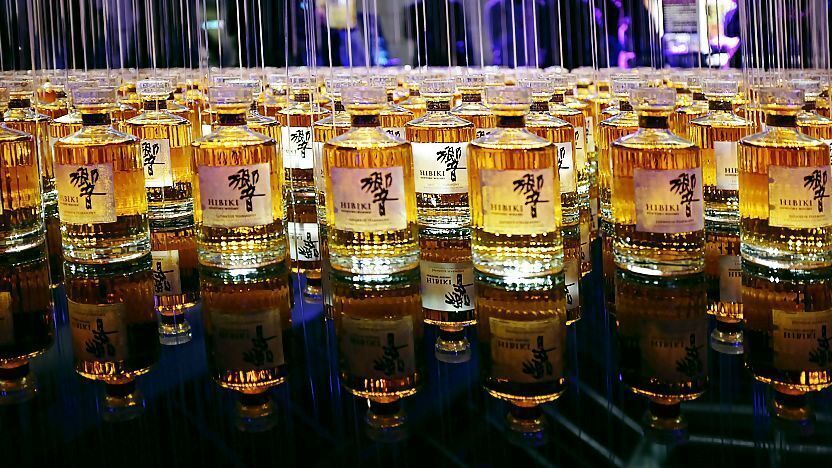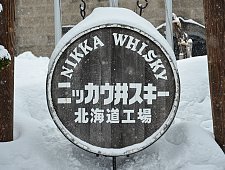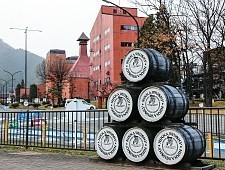Japanese Whisky

Whisky (ウィスキー) was introduced to Japan after the end of the feudal era in the Meiji Period (1868-1912), and the commercial production of domestic whisky started in the 1920s. Japanese whiskies are similar to Scottish whiskies, because the Japanese whisky pioneers learnt their trade from the Scottish whisky malt masters. Despite their comparably short history, Japanese whiskies are now on par with some of the finest Scotch whiskies and have won top international awards.
Torii Shinjiro and Taketsuru Masataka are considered the founding fathers of Japanese whisky - Torii founded the Suntory company, while Taketsuru founded the Nikka company - and their early histories are intertwined. Taketsuru was the malt master who had studied whisky making in Scotland before working for Torii at Yamazaki and later starting his own company in Yoichi.

Distilleries in Japan
Suntory and Nikka remain the country's largest whisky producers with four distilleries across Japan: Suntory's Yamazaki and Hakushu distilleries and Nikka's Yoichi and Miyagikyo distilleries. In addition, there are a handful of smaller distilleries found in the country. All four distilleries by Nikka and Suntory are open to the public, although some require advance reservations:
How to enjoy Japanese whisky
There are a number of ways to enjoy Japanese whisky. The most common ways are neat (commonly known as straight in Japan), on the rocks with ice, and mixed with still water (known as mizuwari) or with hot water (known as oyuwari). While the first three are common ways to drinking whisky all over the world, hot whisky in Japan is different from a hot toddy in that hot water is simply added to whisky without the addition of sweeteners, herbs or spices.
A highball is a whisky drink that is ubiquitous in Japan. It is whisky mixed with carbonated water. Almost all izakaya and most restaurants will have highball on their drink menu, and the drink can also be found at watering holes and in cans at convenience stores. Making highballs at home is not difficult either: Fill your glass to the brim with ice, add the whisky, pour in chilled carbonated water without touching as much ice as possible to prevent the ice from melting too quickly, stir once and top up with more ice before serving immediately.

Where to drink Japanese whisky
Cocktail bars, hotel bars and restaurants like izakaya will carry at least one type of Japanese whisky. Convenience stores also offer a small variety of unaged whiskies and canned highballs.
Dedicated whisky bars are typically limited to the larger cities, and a many of them are located in Tokyo and Osaka. Suntory and Nikka both have their whisky bars in Tokyo where guests can drink almost all the whiskies produced by the companies. Many other whisky bars carry international whisky labels in addition to Japanese ones, places like Bar K in Osaka, Ben Fiddich and Shot Bar Zoetrope in Shinjuku, and the Tokyo Whisky Library in Aoyama.

Questions? Ask in our forum.






